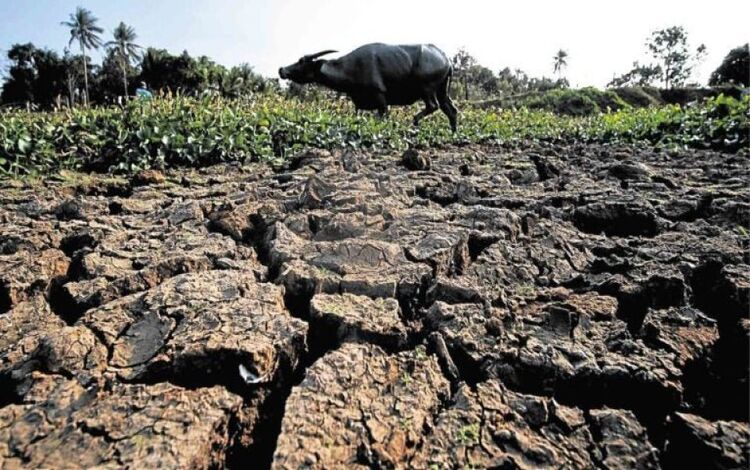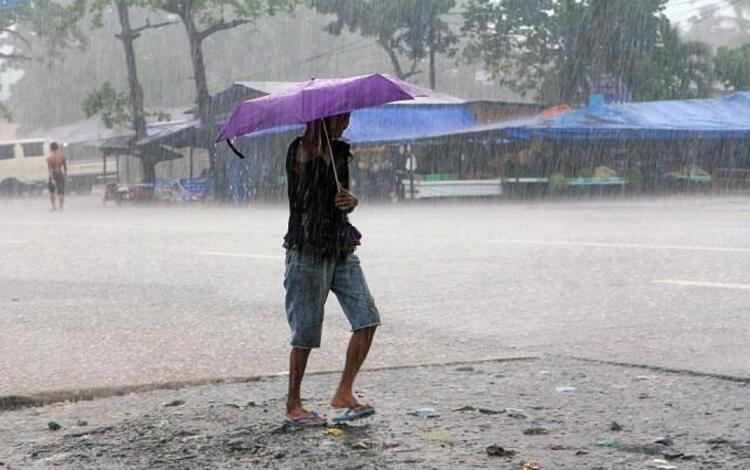The Philippine Atmospheric, Geophysical, and Astronomical Services Administration (PAGASA) has officially announced the end of the El Niño phenomenon, marking a significant shift in climate patterns as tropical Pacific conditions return to ENSO-neutral levels. This transition indicates a cessation of the prolonged period characterized by warmer-than-average sea surface temperatures in the central and eastern Pacific Ocean.

Despite the conclusion of El Niño, PAGASA cautions that the warm weather conditions and reduced rainfall will persist in the immediate future. The lingering effects of El Niño mean that many areas will continue to experience higher temperatures and lower precipitation levels, a trend that could impact agriculture, water resources, and overall daily life.
Looking ahead, PAGASA forecasts a 69% probability of transitioning to La Niña by the July-August-September 2024 period. La Niña is the counterpart to El Niño, characterized by cooler-than-average sea surface temperatures in the central and eastern Pacific Ocean. This phenomenon typically brings increased rainfall and cooler temperatures to affected regions.
The anticipated shift to La Niña could bring both challenges and opportunities. On one hand, increased rainfall could alleviate some of the drought conditions exacerbated by El Niño, benefiting agricultural activities and water supply. On the other hand, the risk of flooding and associated hazards could rise, particularly in areas prone to such events.
PAGASA emphasizes the importance of preparedness and adaptive measures in response to these climatic changes. Local governments, farmers, and communities are urged to stay informed about weather forecasts and advisories. Enhanced disaster risk reduction strategies and water management plans will be crucial in mitigating the potential adverse impacts of the anticipated climatic transition.
Historically, the Philippines has been significantly affected by both El Niño and La Niña. El Niño episodes have often led to droughts, crop failures, and water shortages, while La Niña events have brought heavy rains, floods, and landslides. Understanding these patterns is essential for building resilience and ensuring sustainable development.
PAGASA continues to monitor the tropical Pacific conditions closely and will provide regular updates on the evolving climate patterns. The agency’s advanced monitoring systems and predictive models are instrumental in forecasting and preparing for these significant climatic shifts.

In conclusion, while the end of El Niño brings some relief, the forecasted transition to La Niña underscores the dynamic nature of climate systems. The Philippines must remain vigilant and proactive in adapting to these changes, safeguarding communities, and ensuring resilience against the backdrop of a changing global climate.
